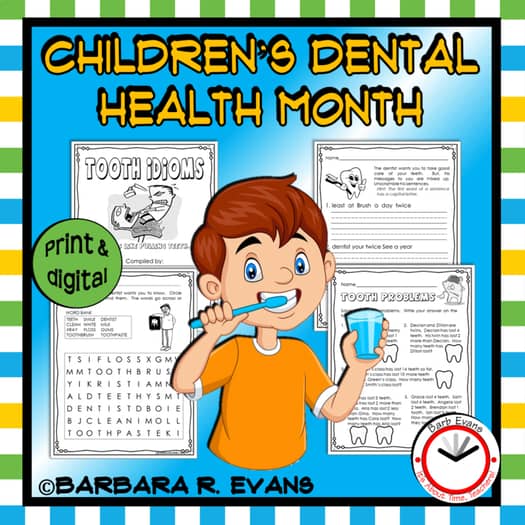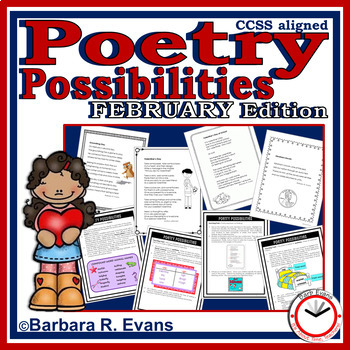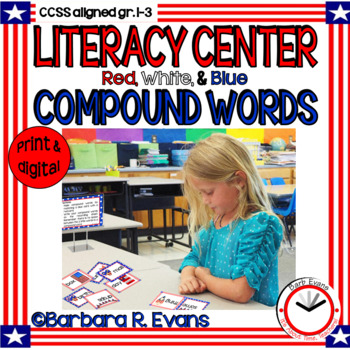It's about time, teachers, to honor our presidents, especially those born in Feb. I've got 2 craftivities that will brighten your classroom and engage your students.
#1: Presidential Silhouettes and Weaving
For every student you will need 1 sheet each of red, white and blue 9"x12" construction paper. You will also need cardboard patterns of Washington & Lincoln. The beauty of this project is that by encouraging your students to choose 2 colors of their choice for the background, saving the 3rd for the silhouette, you will give your classroom a burst of color without having all 20+ projects look the same.
Since paper weaving has been around forever, I'm assuming you know how to create the woven background. After each student has chosen which 2 colors to use for the weaving part, ask them to exchange 1 of those sheets for about 6 - 8 pre-cut strips of the same color. I always cut my strips about 1" wide for 1st graders.
When the weaving is completed, each child should borrow the silhouette pattern of their choice to trace on their remaining sheet of paper. After tracing, if they are careful about cutting out the silhouette, they can actually make a 2 sided craft. One side features the traditional silhouette. The other side can host the scraps from the silhouette making a reverse or negative image. (See Lincoln projects above.) Of course, just gluing the silhouette on 1 side makes a perfectly good craft.
I strongly recommend cutting the patterns out of sturdy cardboard, such as from the back of a tablet of paper, in order to have them survive for next year's students.

You could also do the weaving project with patriotic symbols, such as the star, above. And, again, you can use the scraps to create the negative on the backside. A star and liberty bell pattern can be found below.
This is one of my all time favorite crafts, but please realize it can be quite messy. The pattern piece above actually reflects 2 methods of making the chalk rubbings. One uses the shape pattern and rubs out from the edges; the other uses the scrap or negative of the shape with rubbings going in toward the center.
For the bell images above, provide cardboard patterns for the shapes. Ask your students to trace the pattern on construction paper (color doesn't matter). Insist that they trace the pattern onto another piece of paper because if they all try to rub chalk on the pattern, you will endure many complaints about purple symbols. Each child should use his/her own shape.
After cutting the shape out, students should generously rub blue or red chalk around the edges of the shape. They MUST do this on what I call a "dirty" sheet, which is actually paper reclaimed from the recycling box. It is essential that they rub the chalk on while on the dirty sheet, then move to the chosen construction paper background. Demonstrate holding the shape securely with one hand while pushing the chalk out onto the background paper with 1 finger (hence the messy part). You can make this project as easy or challenging as you like by making a single shape on the background or using multiple shapes and colors all on the same background, perhaps creating complex patterns.

The negative version of this craft works much like the presidential silhouettes above. After cutting out the shape, the student should tape the scraps together (see lower left corner) and then rub the chalk around the edges of the missing shape. Again, this step must be done on a dirty sheet. Then, holding the negative steady with one hand, have the children rub the chalk toward the center on their background paper.
Clean up absolutely requires lots of soapy hand washing in order to prevent chalk smudges everywhere, and especially on their clothes.
These patterns can be cut out of card stock or heavier cardboard. You should insist that the students not put chalk on your templates. Who wants to have to remake the patterns year after year????
Enjoy Presidents' Day!














































